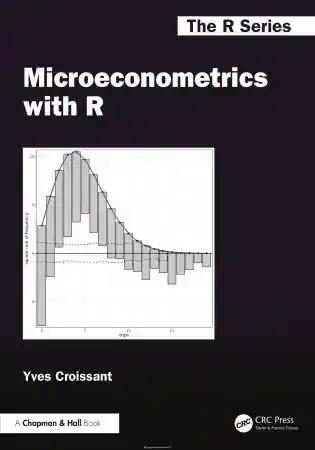
Microeconomics: An Intuitive Approach with Calculus, 2nd Edition
- Length: 1211 pages
- Edition: 2
- Language: English
- Publisher: Cengage Learning
- Publication Date: 2016-01-01
- ISBN-10: 1305650468
- ISBN-13: 9781305650466
- Sales Rank: #411602 (See Top 100 Books)
Present microeconomic theory as a way of viewing the world with MICROECONOMICS: AN INTUITIVE APPROACH WITH CALCULUS, 2E. This book builds on the basic economic foundation of individual behavior. Each chapter contains two sections. The A sections introduce concepts using conversational writing, everyday examples and graphs with a focus on mathematical counterparts. B sections cover the same concepts with precise, accessible mathematical analyses that assume one semester of single-variable calculus. The book offers great flexibility with four distinct paths: a non-game theory path through microeconomics, a path emphasizing game theory, a path highlighting policy issues, or a path focused on business. You can also select when to use the B sections for greater depth and when you simply want an overview of a topic. MindTap is now available with interactive, animated Video Graph Presentations and select Progression Graphs that decompose economic concept graphs into finite steps.
Table of Contents
Ch 1: Introduction
Part 1: Utility-Maximizing Choice: Consumers, Workers, and Savers
Ch 2: A Consumer’s Economic Circumstances
Ch 3: Economic Circumstances in Labor and Financial Markets
Ch 4: Tastes and Indifference Curves
Ch 5: Different Types of Tastes
Ch 6: Doing the “Best” We Can
Ch 7: Income and Substitution Effects in Consumer Goods Markets
Ch 8: Wealth and Substitution Effects in Labor and Capital Markets
Ch 9: Demand for Goods and Supply of Labor and Capital
Ch 10: Consumer Surplus and Deadweight Loss
Part 2: Profit-Maximizing Choice: Producers (or “Firms”)
Ch 11: One Input and One Output: A Short-Run Producer Model
Ch 12: Production with Multiple Inputs
Ch 13: Production Decisions in the Short and Long Run
Part 3: Competitive Markets and the “Invisible Hand”
Ch 14: Competitive Market Equilibrium
Ch 15: The “Invisible Hand” and the First Welfare Theorem
Ch 16: General Equilibrium
Ch 17: Choice and Markets in the Presence of Risk
Part 4: Distortions of the “Invisible Hand” in Competitive Markets
Ch 18: Elasticities, Price-Distorting Policies, and Non-Price Rationing
Ch 19: Distortionary Taxes and Subsidies
Ch 20: Prices and Distortions across Markets
Ch 21: Externalities in Competitive Markets
Ch 22: Asymmetric Information in Competitive Markets
Part 5: Distortions of the “Invisible Hand” from Strategic Decisions
Ch 23: Monopoly
Ch 24: Strategic Thinking and Game Theory
Ch 25: Oligopoly
Ch 26: Product Differentiation and Innovation in Markets
Ch 27: Public Goods
Ch 28: Governments and Politics
Part 6: Considering How to Make the World a Better Place
Ch 29: What Is Good? Challenges from Psychology and Philosophy







